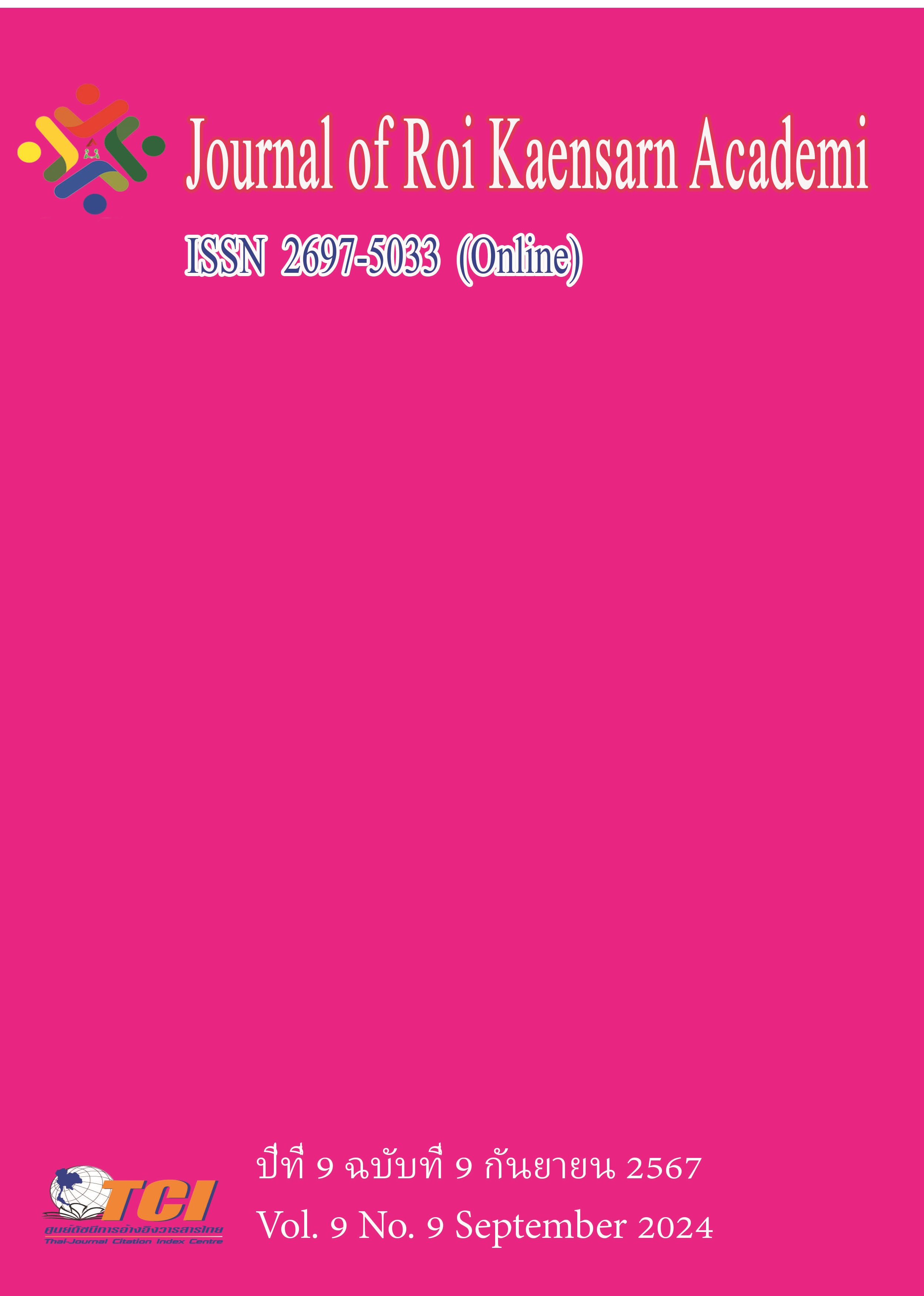The Simulation Based Learning (SBL): an Engineering Course on Salinity Forecasting of the Chao Phraya River Using Mathematical Modeling together with on-site Fieldwork
Main Article Content
บทคัดย่อ
The objectives of this study are to 1. To develop a simulation-based learning medium for students to be able to gain better and deeper knowledge and to actually pactice on skills by applying basic mathematics to real-life situations related to CVE4503, a water supply engineering and sanitary system course; 2.To familiarize students with problem solving processes skills through the newly acquired knowledge, Simulation Based Learning (SBL) using mathematical modeling together with on-site Fieldwork; and 3. To assess how efficient this particular learning medium could benefit the students and prompt them to accept the SBL learning medium.
Instead of targeting a specific population sampling group commonly used, this research intentionally opts for a targeted group of 28 third-year engineering undergraduate students from Ramkhamhaeng University who registered in the CVE4503 course.
The researcher used the following tools: mathematical models, exercises, assessment modules, and a form evaluating the acceptance of the innovative SBL to collect research data; to work on and study at the site of the Fieldwork.
The process of analyzing the data consisted of statistics percentage, mean, S.D., and (Process - E1/Product - E2: E1/E2). The result shown from using the SBL medium was effective as seen from the 93.00/84.07 score which was much higher than the standard 80/80.
The researcher had designed a post-test to verify the efficiency of the SBL medium anticipating the average score to be at 80%. However, the score turned out to be 95.36%.
The post-test assessment from students showed a high level of satisfaction with the SBL medium, 4.05/5.00. Therefore, the medium was demonstrated to be effective for active learning in future classes.
Article Details
เอกสารอ้างอิง
Arseven, A. ( 2015). Mathematical Modelling Approach in Mathematics Education. Universal Journal of Educational Research, 3 (12), 973-980.
Bakoush, M. (2022). Evaluating the role of simulation-based experiential learning in improving satisfaction of finance students. The International Journal of Management Education, 20 (2022).
Brahmawong, C. (2013). Developmental Testing of Media and Instructional Package. Silpakorn Educational Research, 5 (1), 7-20.
Cai, J., Cirillo, M., Pelesko, J. A., Ferri, R. B., Borba, M., Geiger, V., Stillman, G., English, L. D., Wake, G., Kaiser, G., & Kwon, O. N. (2014). Mathematical Modeling in School Education: Mathematical, Cognitive, Curricular, Instruction, And Teacher Education Perspective. 38th International Conference of Psychology of Mathematics Education.
Erbas, A. K., Kertil, M. Cetinkata, B., Cakiroglu, E., Alacaci, C., & Bas, S. (2014). Mathematical Modeling in Mathematics Education Basic Concepts and Approaches. Education Sciences Theory & Practics, 14 (4), 1621-1627.
Fernandez, N. J., & IPaul, I. (2021). Effect of Computer-Assisted Instruction in Simulation Mode for Learning Mathematics on students at Secondary school level International. Journal of Mechanical Engineering, 6 (Special Issue), 262-269.
Hallinger, P., & Wang, R. (2020). Analyzing the intellectual structure of research on simulation-based learning in management education, 1960–2019: A bibliometric review. The International Journal of Management Education, 18 (3), 1-13.
Khumso, W. (2012). The development of simulated mutimedia lesson on materail and properties of materail to enhance science process observation and experimental skills of primary students grade 5, Anubanphotharam School. [Master's thesis, Silpakorn Universit]. http://www.thapra.lib.su.ac.th/thesis.
Kutmart, K., & Charoenroongruang, C. (2023). Mathematical forecasting simulation of salinity intrusion in Chao Phraya River”. Journal of Information and Optimization Sciences. ISSN 0252-2667 (Print), ISSN 2169-0103 (Online),45 (2024), 181–198.
Lee, B., Lee, M., & Fredendall, L. (2022). Response to relative performance feedback in simulation games. The International Journal of Management Education 20 (2022).
Nenthian, S. (2017). Mathematics Learning with Real-World Problems Based on Mathematical Modeling. Warasan Kharusat, 45 (2), 238-253.
Nentien, s. (2017). Mathematics Learning with Real-World Problems Basedon Mathematical Modeling. Journal of Education, 45 (2), 238-253.
Office of the National Education Commission. (2002). National Education Act B.E. 2542 (Additional 2) B.E. 2545. Bangkok.
Paitoon Sinlarat. (2023). 27 teaching methods to develop learners' potential. National Library of Thailand Cataloging in Publication Data.
Panawatthanapisuit, s. (2019). The Development of an Instructional Skill Using Simulation Based LearningRajavadee . Journal, Boromarajonani College of Nursing, Surin, 9 (2), 55-70.
Ruang, S. (1999). Statistical Forecasting Methods. Department static and computer Faculty of Science Ramkhamhaeng University.
Schukajlow, S. (2012). Mathematises Madeliene. WAXMANN.
Somchit, S., & Ubonwan, K. (2017). Fidelity Simulation Based Learning: Implementation to Learning and Teaching Management. Journal of The Royal Thai Army Nurses, 18 (1), 29-38.
Sukamonson, S. (2004). Kan Wikhro Kho Thotsop Baep Attanai Rai Kho. Pasaa Paritat Journal, 21, 44-55.
ThitNa Khaemmani. (2023). The Science of Teaching. Chulalongkorn University Press.
Zavalani, O., & Kacani, J. (2012). Mathematical Modelling and Simulation in Engineering Education. Authorized licensed use limited to: Ramkhamhaeng University provided by UniNet, IEEE 978-4673-4/12.

